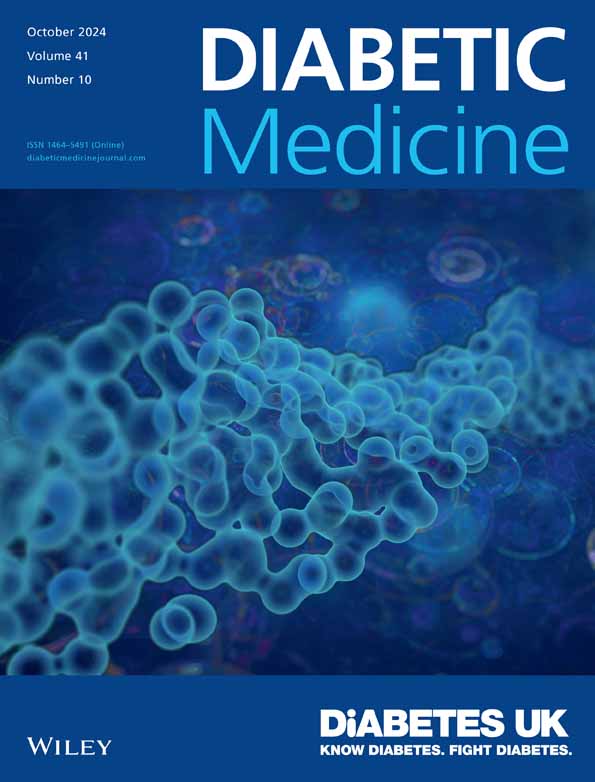Managing discordance between HbA1c and glucose management indicator
Abstract
Aims
The assessment of haemoglobin A1c (HbA1c) continues to play an essential role in diabetes care; however, major advances in new technologies widen the armament available to clinicians to further refine treatment for their patients. Whilst HbA1c remains a critical glycaemic marker, advances in technologies such as Continuous Glucose Monitoring (CGM) now offer real-time glucose monitoring, allowing a more instant assessment of glycaemic control. Discrepancies between laboratory-measured HbA1c and Glucose Management Indicator (GMI) values are a significant clinical issue. In this article, we present a checklist of potential sources of error for both GMI and HbA1c values and provide suggestions to mitigate these sources in order to continue to improve diabetes care.
Methods
We identified key literature pertaining to GMI measurement, HbA1c measurement, and potential factors of discordance between the two. Using these sources, we explore the potential factors leading to discordance and how to mitigate these when found.
Results
We have constructed a quick reference checklist covering the main sources of discordance between HbA1c and GMI, with accompanying narrative text for more detailed discussion. Discordance can arise due to various factors, including CGM accuracy, sensor calibration, red blood cell turnover and other physiological conditions.
Conclusions
GMI will likely continue to be used in the upcoming years by both persons with diabetes and their health care providers, and so it is important for users of CGM devices to be equipped with the knowledge to understand the potential causes of discordance between GMI and HbA1c values.

 求助内容:
求助内容: 应助结果提醒方式:
应助结果提醒方式:


